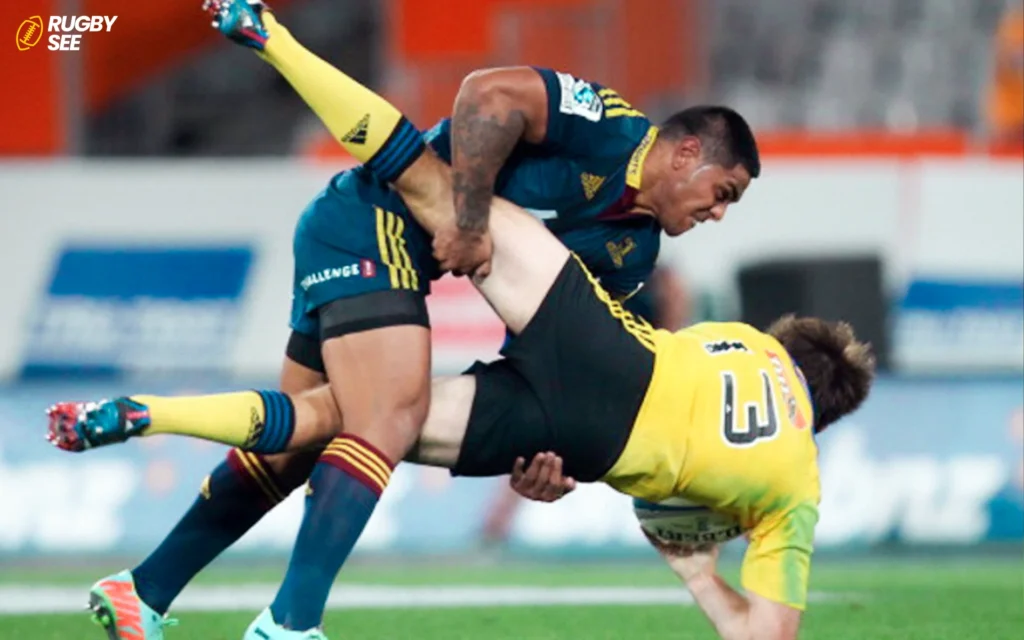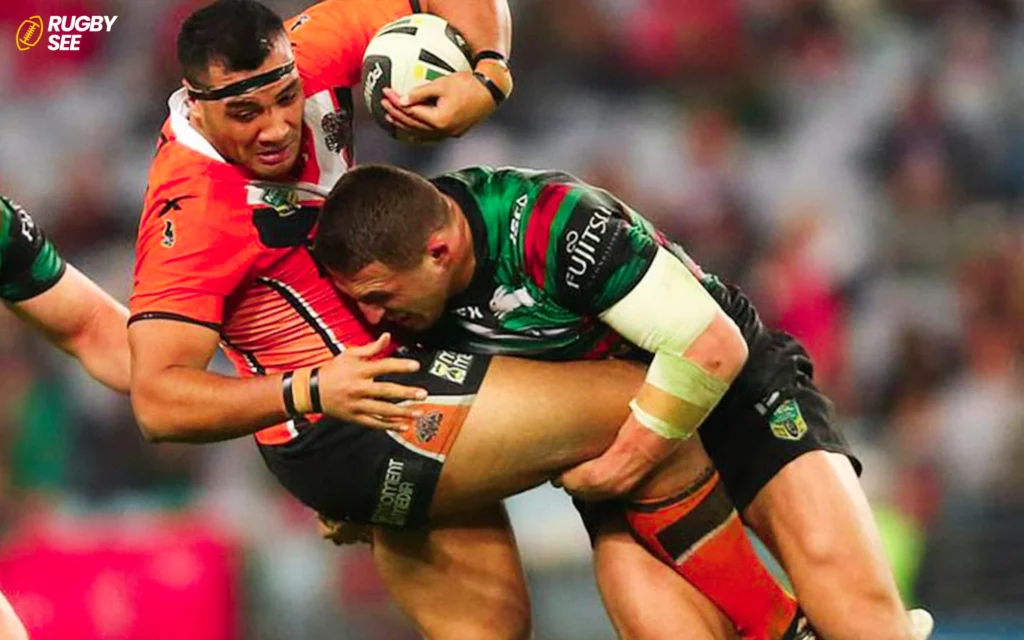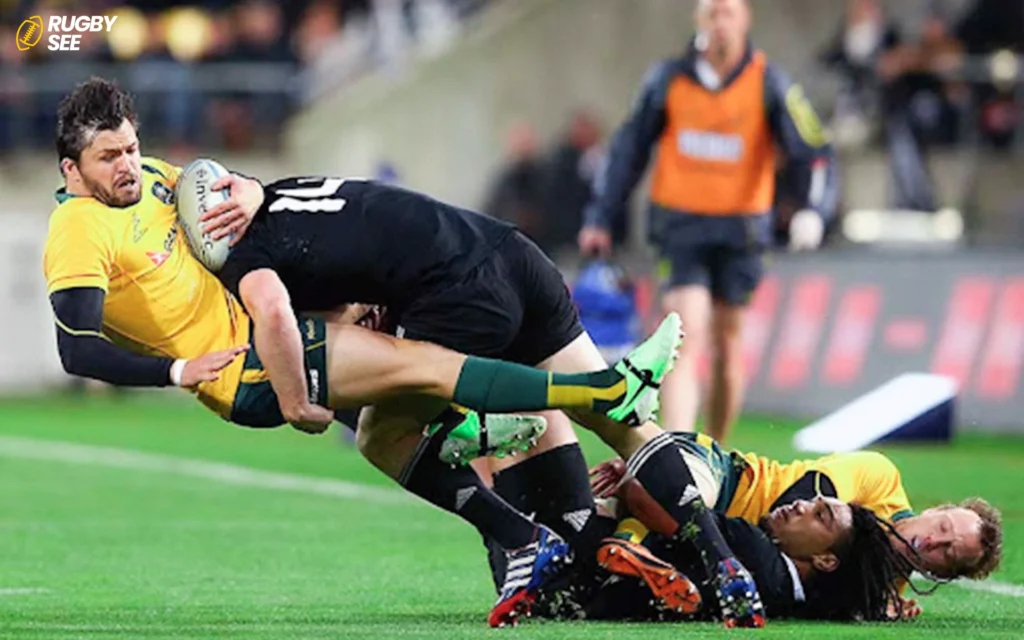In the high-impact world of rugby, the physicality of the game raises questions about player safety, particularly regarding concussions. This concern is not unwarranted, as concussions are among the most common injuries in rugby, affecting players at all levels, from grassroots to the professional ranks. In this article, we’ll explore the prevalence of concussions in rugby, their impact on players, and the measures being taken to mitigate these risks.
Understanding Concussions in Rugby
A concussion is a type of traumatic brain injury caused by a bump, blow, or jolt to the head or body that causes the brain to move rapidly inside the skull. In rugby, concussions can occur from direct collisions with other players, falls, or even from the rapid deceleration that happens when a player is tackled.
Research has shown that rugby players are at a significant risk of concussions. The nature of the game, which involves high-speed collisions and physical contests for the ball, makes head injuries a common occurrence. Concussions can have serious short-term and long-term effects on players, including headaches, dizziness, memory problems, and in some cases, long-term brain damage.
The Impact on Players
The immediate effects of a concussion can include confusion, blurred vision, and loss of memory, particularly of the event that caused the injury. Recovery times vary widely among individuals, and while some players may recover within a week, others may experience symptoms for much longer. Repeated concussions have been linked to chronic traumatic encephalopathy (CTE), a degenerative brain condition, highlighting the need for careful management of these injuries.

Mitigating the Risks
Recognizing the severity of the issue, rugby’s governing bodies have implemented several measures to reduce the risk of concussions and manage them effectively when they occur. These include:
- Rule changes: Amendments to tackle laws, including lowering the height of a legal tackle, aim to reduce head impacts.
- Concussion protocols: Rugby has established strict concussion protocols that mandate the removal of any player suspected of having a concussion from the game for further evaluation.
- Education: There’s a strong emphasis on educating players, coaches, and officials about the signs of concussion and the importance of reporting and managing these injuries properly.
- Protective gear: While helmets are not mandatory in rugby, some players choose to wear headgear that can help absorb impacts and potentially reduce the risk of head injuries.
The Role of Technology
Advancements in technology are also playing a crucial role in addressing concussions in rugby. Wearable sensors and video analysis help in the immediate identification of potential concussions during games. These tools assist in enforcing the game’s concussion protocols more effectively and in making informed decisions about a player’s fitness to return to play and if you want to know about Counties that have Rugby read what countries have rugby.
The Path Forward
The rugby community continues to seek ways to make the game safer for all participants. Ongoing research into concussions and brain health is crucial for developing better prevention and treatment strategies. Collaboration among teams, leagues, and international bodies is essential for sharing best practices and innovations in player health and safety.
While the efforts to mitigate concussions in rugby are significant and ongoing, the challenge remains in balancing the sport’s physical essence with the imperative of player safety. This balance is crucial for the future of rugby, ensuring it remains a vibrant and dynamic sport that can be enjoyed safely by players of all ages.
Future Directions in Concussion Management
The future of concussion management in rugby is likely to see further innovations in technology, rule adjustments, and player education. Here are some areas of potential development:

- Advanced Protective Equipment: Ongoing research into the materials and design of headgear and mouthguards may offer better protection against concussions. Innovations in this area could provide players with gear that significantly reduces the risk of brain injuries without compromising the game’s integrity.
- Improved Diagnostic Tools: The development of more accurate and immediate on-field diagnostic tools could enable quicker identification of concussions. Technologies such as sideline video replay and portable scanning devices might become standard equipment for medical teams.
- Tailored Rehabilitation Programs: Understanding that each concussion and player is unique may lead to more personalized recovery programs. These programs would consider a player’s specific symptoms, history of concussions, and position in the game, offering a more targeted approach to rehabilitation.
- Cultural Change: Perhaps one of the most challenging aspects to address is the culture around concussions in sports. Encouraging a shift in mentality where players feel empowered to report symptoms and prioritize their long-term health over immediate gameplay could significantly impact concussion management.
The Role of the Rugby Community
The responsibility for managing concussions in rugby extends beyond players and coaches to include fans, parents, and the wider sports community. Creating an environment where player health is prioritized requires collective action and education. Fans and parents play a crucial role in supporting the protocols and changes being implemented for player safety and if you want to know about wearing Gloves in Rugby read Can Rugby Players Wear Gloves.

Concussions are a serious concern in rugby, given the sport’s inherent physicality. However, with the concerted efforts of governing bodies, teams, and players to understand, prevent, and manage these injuries, rugby is becoming safer. The commitment to player welfare is paramount, as the sport looks to protect its athletes while maintaining the essence of what makes rugby uniquely compelling and enjoyable.










